Last Chance to Catch NYC's Holiday Notalgia Train
We met the voices of the NYC subway on our nostalgia ride this weekend!


The Netflix Original Series The Get Down, brings the birth of the Hip Hop movement to life. Set in the summer of 1977 in the South Bronx, the series highlights the tense social climate of a decaying New York City, and the emergence of one of the most creative periods in American history.
The show focuses on Bronx high schooler Ezekiel “Zeke” Figuero, played by actor Justice Smith, and his group of neighborhood friends as they navigate their way through a broken city and stumble into the world of Hip Hop. Although most of the characters in the series are fictional and many locations are now gone, executive producer Baz Luhrmann does his best to pay homage to the era by selecting pivotal people of both the Hip Hop and street art movement, as well as using archival footage of New York City during that time. According to a Yahoo! interview with producer Nelson George, about 50% was filmed in the Bronx and the rest in a factory in Queens. Regardless, the show does a great job in telling the surprisingly unknown story of how Hip Hop came into the scene.
Here is a look at some historical film locations and settings so far seen in The Get Down:
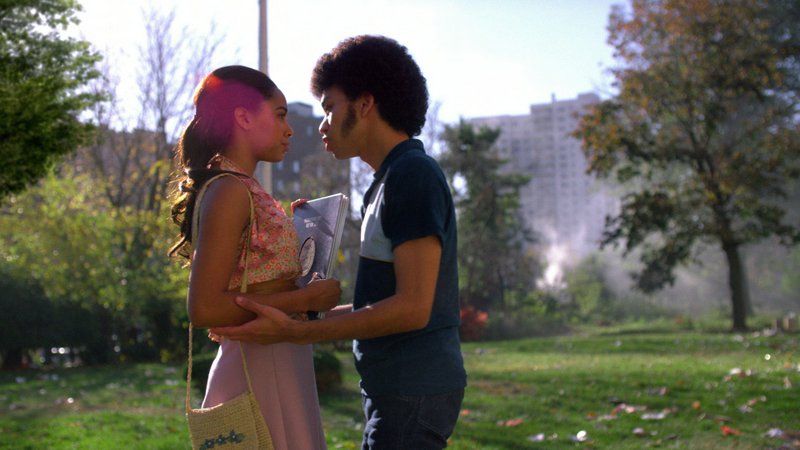
Located on Saint Anne’s Avenue in the Bronx, St. Mary’s Park is a 35-acre park is a spot frequented by Zeke and his friends, known for being the hang out for high schoolers in the 1970s. According to producer Nelson George, it was an especially popular spot for those who would skip class.
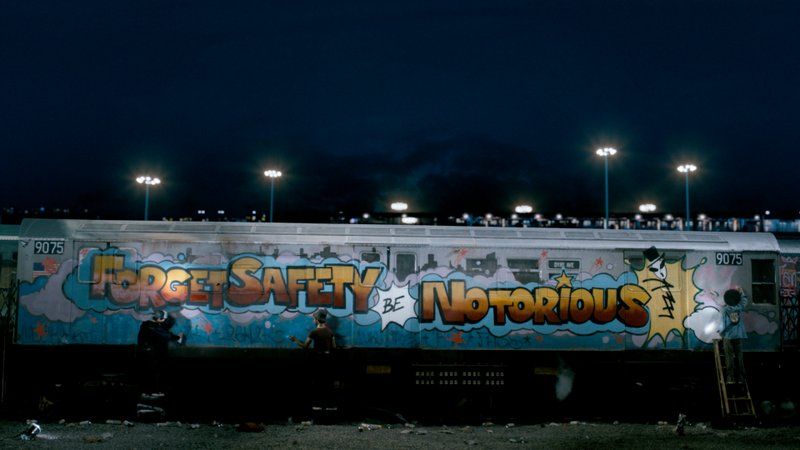
Photo courtesy Netflix
In one of the first scenes we see Marcus “Dizzee” Kipling, played by actor Jaden Smith, gathered at a subway station bench with other street artists drawing, exchanging, and critiquing each other’s sketch books. Known as writer’s benches, street artists would meet at these seats to hang out, draw, and watch for the latest art on the passing trains. The last known writer’s bench is located at 149th Street and Grand Concourse, and is a place that is still visited by fans of graffiti.
The Get Down mixes archival footage of the graffiti trains with new footage of the actors in a news reel purportedly from the late 1970s to show the emphasis on cleaning up graffiti in the mayoral campaign.
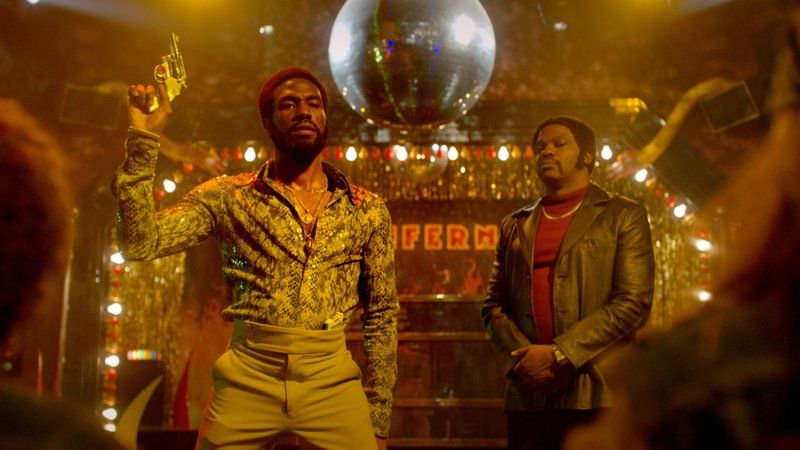
Photo courtesy of Netflix
Les Inferno, the glitzy disco club featured in the get down is is a fictional place. However, according to producer Nelson George, the club was based off of the legendary yet short-lived two-floor disco, Club 371, in the Bronx at 371 E. 166th Street. According to the website Hip Hop 101a, Club 371 was “the spot where Harlem’s smooth style came to the Boogie Down Bronx. It’s also the spot where four Manhattan deejays pioneered the disco side of hip hop.” Before its hip hop reputation, it was a hot spot for the gangsters of the Bronx, like Nicky Barnes, a drug kingpin who later become a government informant who is mentioned in The Get Down.
The building that housed Club 371 burned down a few years back, in its most recent incarnation as an Islamic Cultural Center.
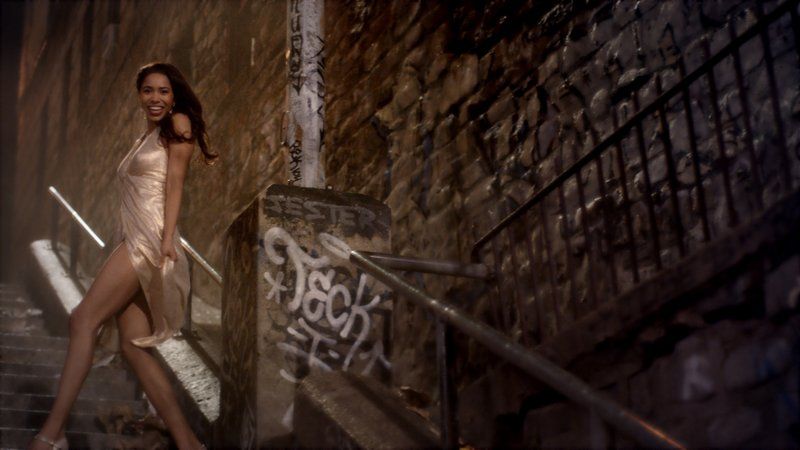
Just north of the Grand Concourse are numerous sets of steep steps that run from Jerome Avenue to Anderson Avenue, colloquially referred to as “street steps.” There are at least 63 of these in the Bronx. In the Get Down, they’re shown strewn with litter. Even in 2012, news reports were showing that the steps continued to be in a state of disrepair. The steps shown in the show are at East 165th Street.
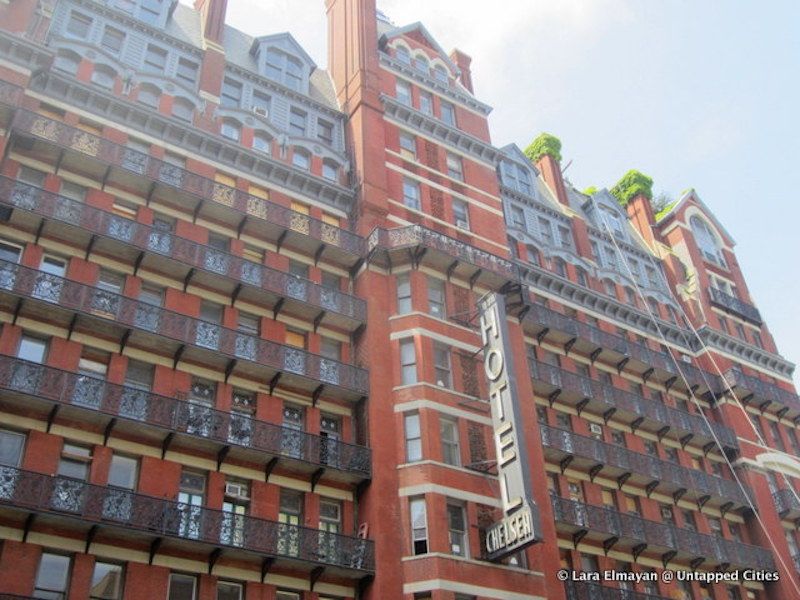
Home to troubled music producer Jackie Moreno in the show, the infamous Hotel Chelsea still stands today. Known for housing some of the most famous musicians and artists from Bob Dylan, Patti Smith to Sid Vicious, who notoriously murdered his girlfriend Nancy Spungen in their room, the hotel is known for its intense partying and creative residents.
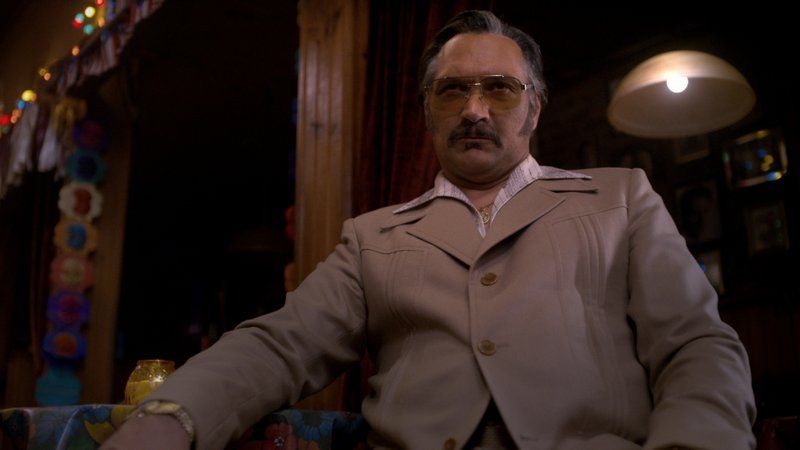
Photo courtesy of Netflix
“Papa Fuerte” aka Francisco Cruz, and his community center are also fictional elements to the show. However, some believe that the character was modeled after real life community leader Ramon S. Valez, who built a government-funded center in the South Bronx, and made National Puerto Rican Day into a major New York festivity. For the show, the series used this Westchester County building as the setting for the Francisco Cruz Community Center, shown in the recreated news reel.
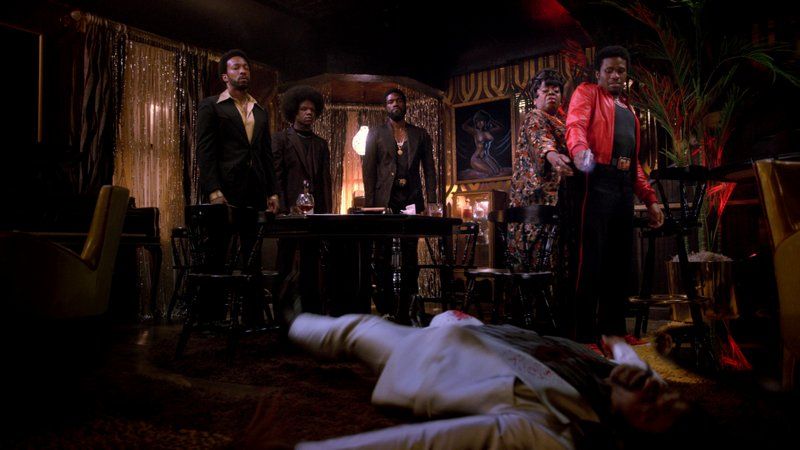
Photo courtesy Netflix
Known as “The Mansion” in the show, the Andrew Freedman Home was originally a retirement home that was abandoned during the 1970s. In The Get Down, Shaolin Fantastic, played by actor Shameik Moore, decides to live there after his home burns down in a fire ignited by the fictional gang, the Savage Warlords. The group of friends begin to practice their Hip Hop skills in the large home. The Andrew Freedman Home was eventually repurposed into a community center and residency, where many artists, including Hip Hop legend Kool Herc still lives.
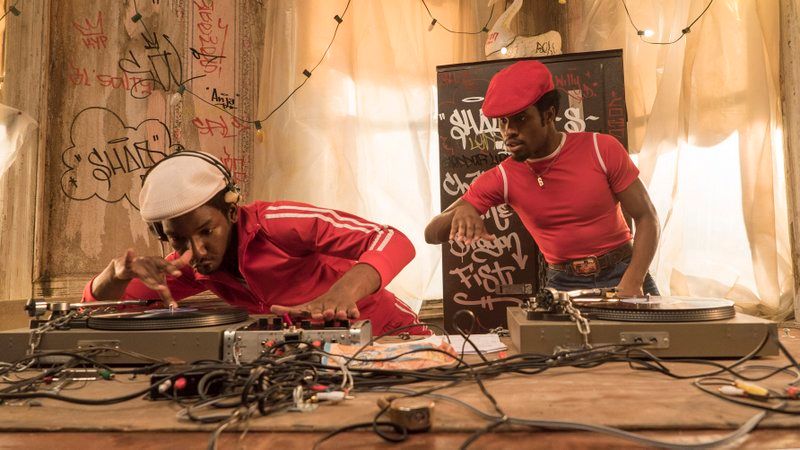
Photo: Courtesy of Netflix
Where it all began. The recreation room of 1520 Sedgwick was where Kool Herc hosted what is to be considered “the world’s first hip hop party.” Open to the public youth of the area, the trend caught on and recreational centers like 1520 Sedgwick became the birthplace for Hip Hop. In the series, Zeke and friends go to this address to try and find the bootlegger selling illegal tapes of Kool Herc. 1520 Sedgwick Avenue is still a residence today.
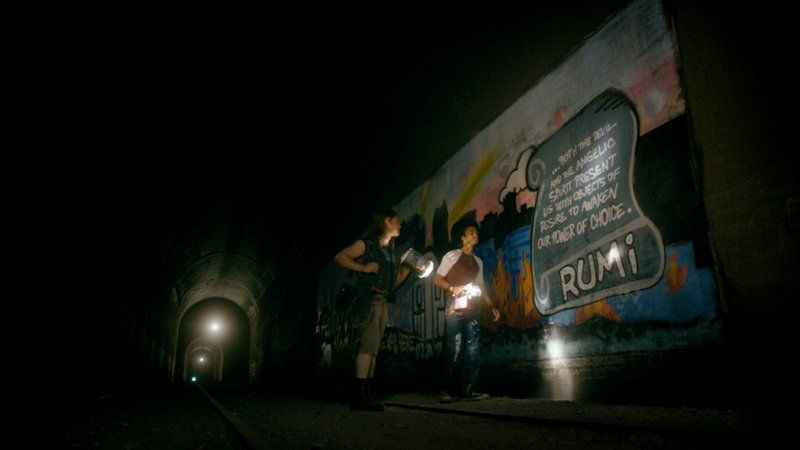
Photo courtesy Netflix
Marcus aka Dizzee and his newfound street artist friend/potential love interest in the series, Thor explore tunnels to look at art pieces. They come across one of Dizzies “Rumi” pieces (Dizzie’s art involves an alien named Rumi…that’s his signature tag.) Thor then invites him to a party in Soho that night…which leads them to their kiss. Untapped Cities writer Joe Anastasio confirms for us This scene is filmed in the abandoned freight tunnels in East New York and features some artwork by SaneSmith, painted by Chris Stain .
Next, check out NYC Film Locations for Night Of, and Mr. Robot.
Subscribe to our newsletter